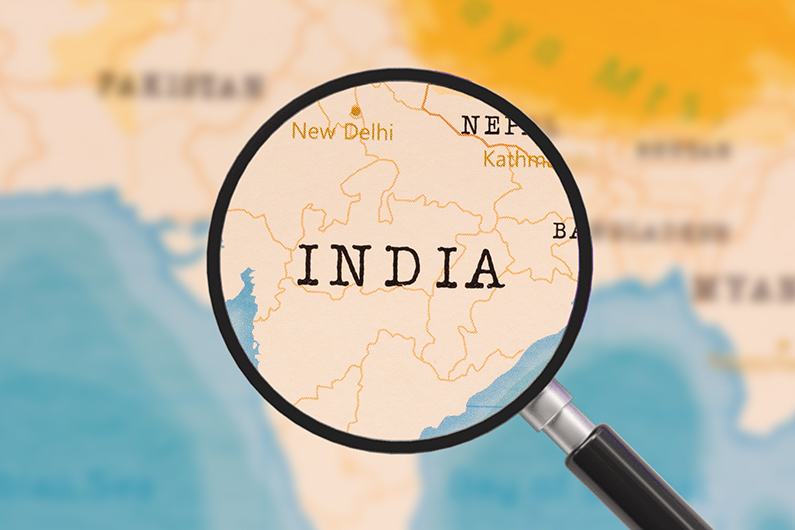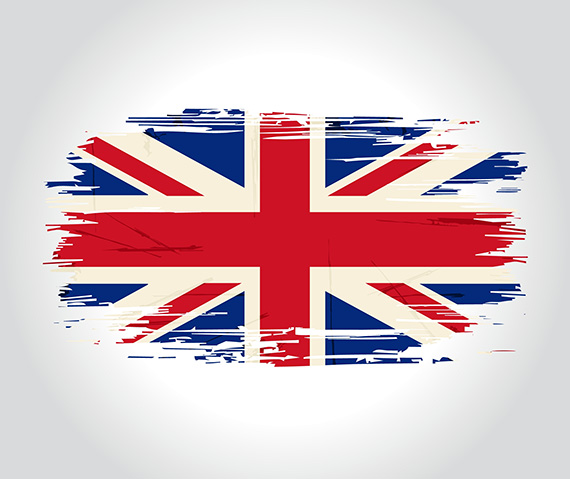More news
- View from the UK: Navigating chemical policy and sustainability
- Architectural coatings in Nepal and Bhutan
- Focus on adhesives: Unveiling unbreakable bonds – Testing redefines physical strengt...
- Focus on adhesives: Henkel and Covestro collaborate for sustainability of engineered wood ...
- Advances in construction chemical technology: What’s new in 2024?

Estimated at INR630bn (nearly US$8bn) at the end of financial year 2022-23, the Indian paint and coatings industry has registered steady growth rates during the last two calendar years. Breathing respite in raw material prices in the just concluded year; soaring demand from both the major sub-segments; and the bright prospects of India’s economy in the coming years bode well for the Indian paint and coating industry. Yogender Malik reports for PPCJ on India’s paint and coatings industry
Valued at INR630bn (nearly US$8bn), India’s paint and coating industry has registered high single digit or double digit growth (barring the COVID-hit 2020) during the last 10 years.
A huge population, positive demographics, increasing urbanisation, increasing disposable income and the government’s push on infrastructure development are some of the factors which are – directly and indirectly – driving the demand of paint and coatings products in India.
“There is a strong positive correlation between the growth of the industry and GDP growth of the country given the sector’s dependence on overall economic activity, including income levels, industrial production, infrastructure and construction spending. Given India’s strong economic fundamentals, future growth potential and the newfound zeal for ‘Make in India’ the Indian Paint Industry is poised for a colourful future,” said Ashok Kumar Gupta, President, Indian Paint Association and Managing Director of Shalimar Paints Limited.
Split between the organised and unorganised sector, the Indian paint and coatings industry is gradually consolidating. The top 10 paint and coatings producers account for more than 80% of the country’s paint industry. These larger paint & coating producers are gradually increasing their market share at the expense of smaller, unorganised sector paint producers, who cater to niche sub-segments and geographies.
Architectural segment
The architectural segment is the major demand driver of the Indian paint and coatings industry. Accounting for 69% of the total volume of the country’s paint and coatings industry, this segment has been the beneficiary of increased spending in the construction sector in the recent years. Increasing penetration in the rural markets and a shift in urban markets to VOC-free and water-based solutions are driving the growth in demand.
Demand from the architectural segment is expected to be robust in the election year [Indian general elections will be held in May 2024] with an expectation of significant project completion and increased government spending on affordable housing and infrastructure.
Demand from repainting, which accounts for a significant share in the total decorative paint demand, has been gradually picking up in India due to factors such as a growing population, an increase in rental homes and growth in the income levels of consumers. The repainting cycle in India has been continually declining as consumers have started to paint their houses at more frequent intervals. In metro cities, for example, repainting cycles have dropped to an average of 4-5 years as compared to 7-8 years in 2015, benefitting the coatings industry.
Value added and premium products in the Indian architectural segment are growing at a very healthy rate as builders, contractors and architects are becoming more aware of the benefits of using value-added paints and coatings to improve the aesthetic and functional benefits of the construction.
READ MORE:
Industrial segment
The industrial segment of India’s paint and coatings industry has exhibited steady growth during the past few years. Led by the automotive sub-segment, the industrial segment accounts for 31% of the total volume of overall paint and coatings in India.
Table – Automotive production trends in India during last five financial years
| Category | 2018-19 | 2019-20 | 2020-21 | 2021-22 | 2022-23 |
| Passenger Vehicles | 4,028,471 | 3,424,564 | 3,062,280 | 3,650,698 | 4,578,639 |
| Commercial Vehicles | 1,112,405 | 756,725 | 624,939 | 805,527 | 1,035,626 |
| Three Wheelers | 1,268,833 | 1,132,982 | 614,613 | 758,088 | 855,696 |
| Two Wheelers | 24,499,777 | 21,032,927 | 18,349,941 | 17,714,856 | 19,459,009 |
| Quadricycles | 5,388 | 6,095 | 3,836 | 4,061 | 2,897 |
| Total | 30,914,874 | 26,353,293 | 22,655,609 | 22,933,230 | 25,931,867 |
Data source- Society of Indian Automobile Manufacturers
Steady growth in automotive production in India over the last decade has made the automotive sub-segment one of the most important markets for domestic and global automotive paint and coating producers.
The automotive industry registered a whopping growth of more than 13% in 2022-23 financial year, propelling the automotive coating industry to new highs. The country is expected to play a key role in global automotive industry in the medium and long term.
India overtook Japan to become the third largest automotive market by sales volume in 2022, with potential for further growth driven by population growth and other factors. With a population of almost 1.4 billion and growing, India is expected to have an additional 300 million cars on the road by 2040.
Along with the volume growth, automotive coatings are also registering a steady growth in value. With the growing number and sales of premium cars, the automotive paint industry is shifting towards premium products.
These factors will push automotive coatings demand to new highs in the country in coming years.
READ MORE:
Raw material price woes
The prices of key raw materials, which remained elevated during financial years 2022 and 2023 on account of supply-related disruptions during the pandemic and then the Russia-Ukraine war impacting crude oil prices, started to come down from the start of year 2023. Prices of titanium dioxide, which contributes around 55-60% of the total cost of raw materials, declined by 30% yr-on-yr in the March-June 2023 quarter.
The prices of other key raw materials are dependent on crude oil. With a decline in the price of crude, the prices of other raw materials have also come down significantly in 2023, providing a much needed respite to Indian paint & coating producers.
New domestic entrants
The entry of new players such as Grasim Industries, Pidilite Industries and JSW Paints is expected to change the structure of the organised sector in the coming years. These new entrants with deep financial pockets and existing distribution networks (albeit in different segments of industry) are expected to disrupt the market in the medium and long term.
Over the next three years, the Indian paint industry is expected to increase its installed capacity by 20-24% from the current levels. This capacity expansion will intensify competition and increase the reach of organised sector producers.







